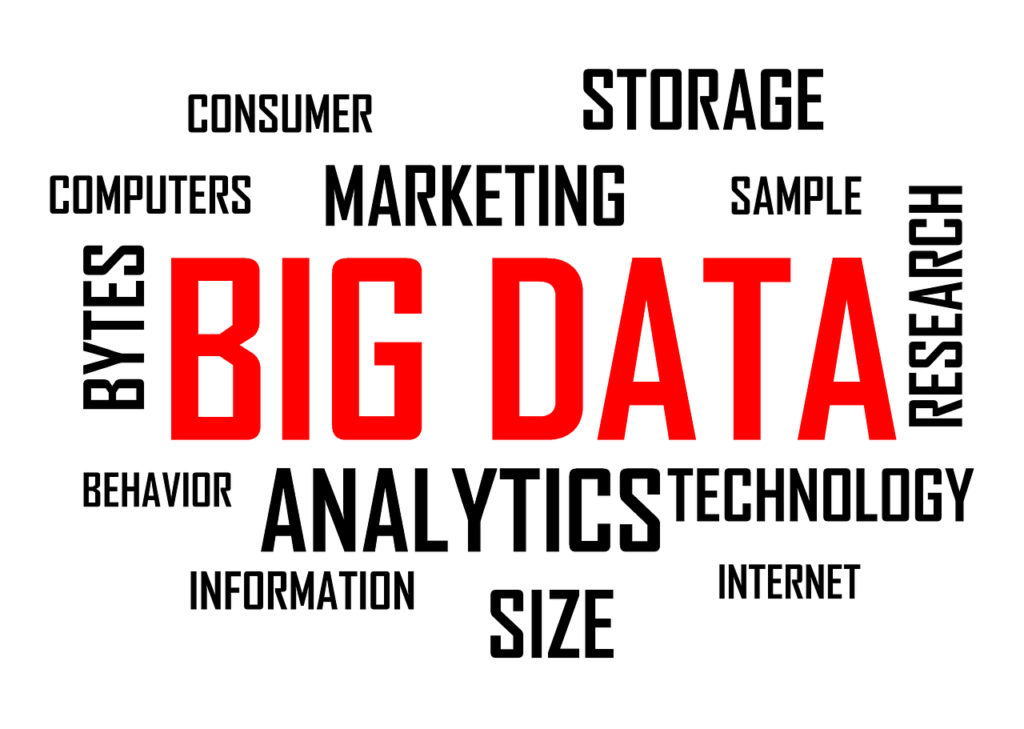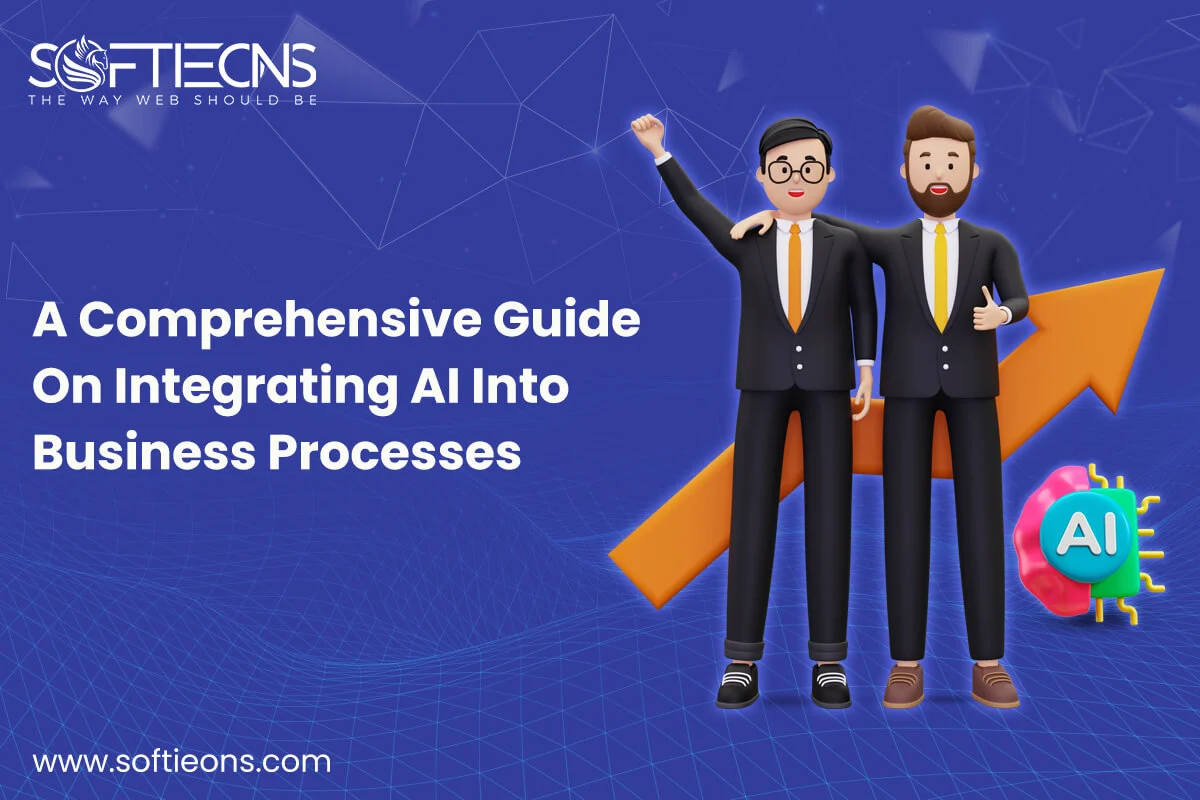RPA and DPA: Why Both Needed for Digital Transformation
Sat, 10 Apr 2021
In the next two years, Gartner expects that 72% of companies will be equipped with Robotic Process Automation (RPA). In addition, Digital Process Automation (DPA) was recognized as a major component of digital transformation, with the DPA market currently worth $6.76 billion and expected to grow to $12.61 billion by 2023, according to Think Automation.
Combining RPA and DPA is a critical mix for companies that are committed to digital transformation and remain competitive. Although both technologies have their own strengths, combining RPA and DPA will help deliver true end-to-end automation and truly transform your business. That is why you need both RPA and DPA.
Although there are many ways to explain Robotic Process Automation (RPA), EY describes it simply as “using software that mimics human actions to perform routine, high-volume management tasks.” There are no physical robots involved, robots are just software. Essentially, it is automation that performs tasks normally performed by humans. This then frees workers’ time so that they can do higher-value research instead.
Digital Process Automation (DPA) is fast emerging as an important evolution of the traditional Business Process Management category, also known as BPM. DPA offers the versatility and perspective needed to enable a holistic approach to automate business processes. This helps you to control data flow through your company and makes it easier to find areas for improvement and make agile changes.
Benefits of Combining RPA and DPA
- Orchestrate humans and robots
- Support compliance
- Provide visibility of the customer journey
- Enable agile and scalable development
- Save costs
POPULAR POSTS
Shopify vs. WordPress: Which one is best for e-commerce?
Wed, 07 Apr 2021Role of IoT in the Real Estate Industry
Wed, 14 Apr 2021Why UX And UI Is Important For Mobile Application Development
Sat, 01 May 2021Telemedicine's Advantages in Nursing Homes
Fri, 24 Dec 2021RECENT POSTS
Exploring the Benefits of Professional Website Design Companies
Fri, 29 Mar 2024Understanding The Role Of Web Design Firms
Fri, 22 Mar 20245 Benefits Of Using Angular For Your Web Development
Tue, 05 Mar 2024A Comprehensive Guide On Integrating AI Into Business Processes
Thu, 29 Feb 2024









